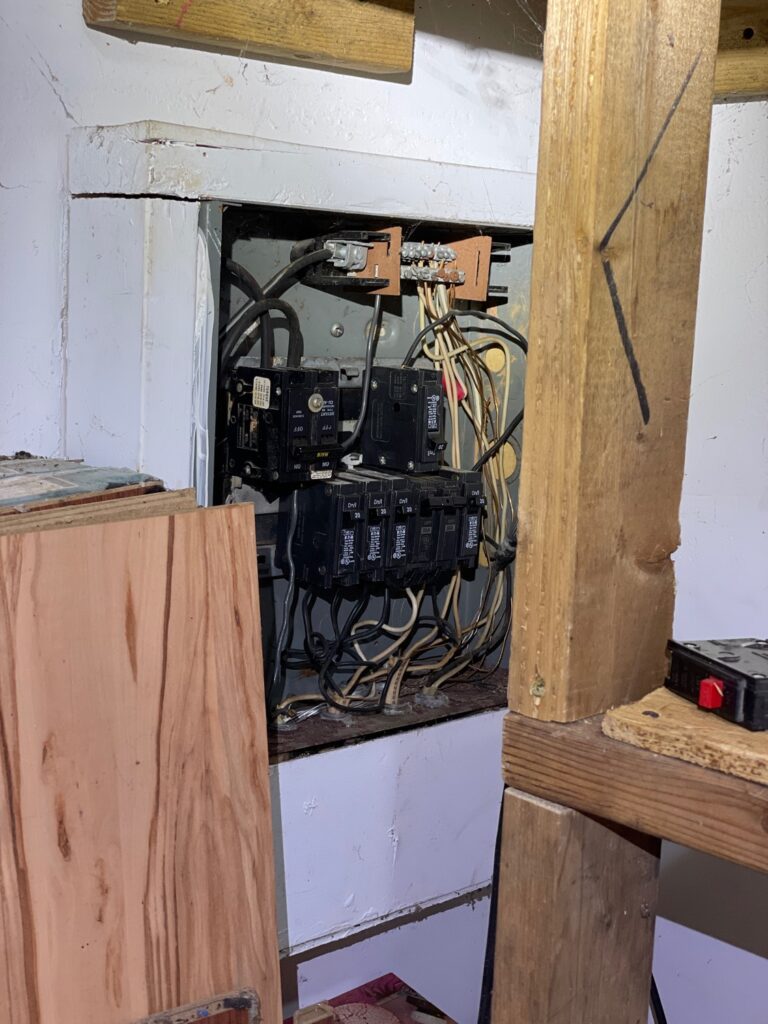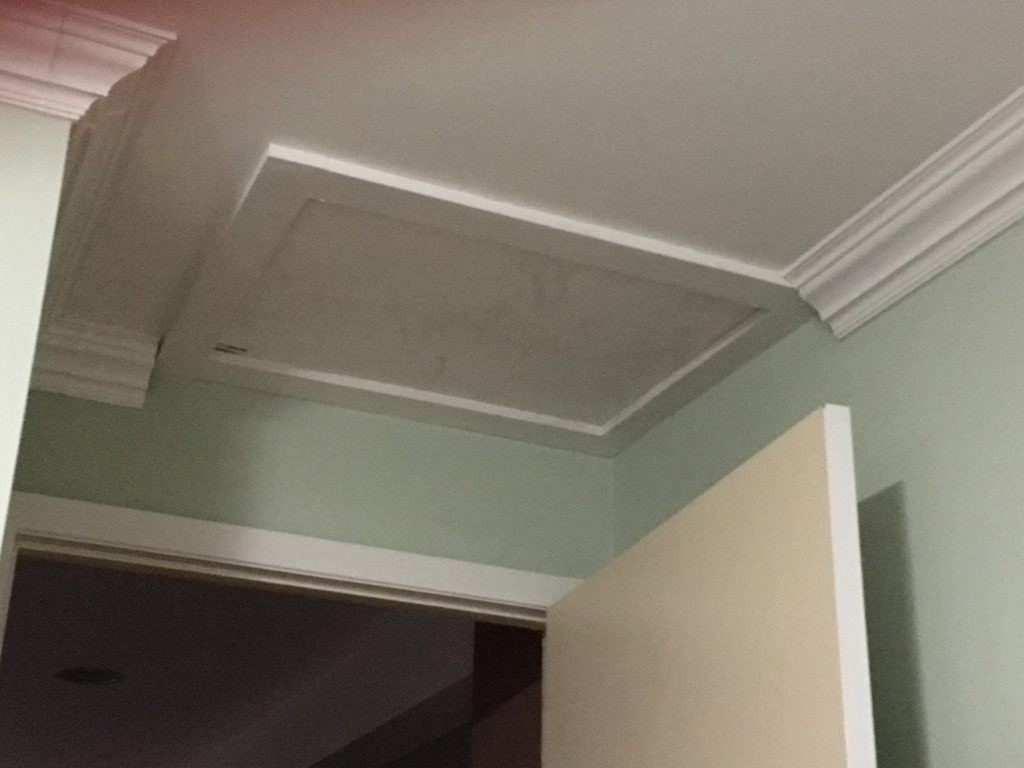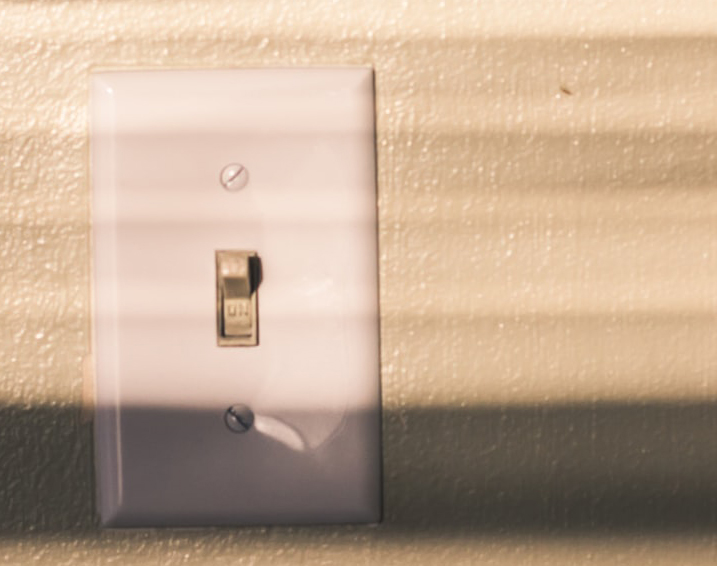
You’ve taken the plunge and put your house on the market. Once a buyer puts down a bid, an inspection is sure to follow. It’s about as sure as aging and taxes, as “they” say. Don’t panic! Knowing how to prepare means you can eliminate some avoidable black marks on your report, and it might even win you some points with the inspector. Because after all, inspectors are only human!
While it’s true that an inspection may uncover an unpleasant surprise, it’s also true that taking some proactive steps before the inspection can stop the small things from adding up. It all begins with understanding what inspectors are looking for.
Know what matters
Don’t try to second guess what you need to do in your home to prepare for an inspection. You don’t need to change the color of the walls or switch out the beige refrigerator for a white one. The inspector won’t care about those things. What the inspector does is perform a visual inspection for mechanical issues and health and safety concerns.
For example, if your electrical panel does not have a dead front cover, or if electrical switches make a crackling sound and emit a burning smell; these are what an inspector is checking out. This visual inspection doesn’t include what’s behind the walls or beneath the tiles on the floor. Again, it’s a visual inspection.
A few examples of what the inspector will do is start the dishwasher, flush toilets, turn on the oven and burners, and run faucets. That’s just the beginning. Inspectors have a long list of items to check, and it’s your job to make sure they can do it without unnecessary obstacles.
Clearing a path
One way to stay in the inspector’s good graces is to make the job easier. Make sure there’s a clear path to everything they need to inspect, such as the garage, basement, attic, crawlspace, utility room – basically all of the house – so the inspector doesn’t need to move objects or twist up into exotic yoga postures to get in there.
One of the biggest pet peeves for inspectors is finding shelves, washers and dryers, or piles of junk blocking the electrical panel. The inspector needs access to every room, closet, and cabinet. Speaking of the attic, you’ll need to take down stored items that are blocking the inspector’s access. Also, be sure that furniture will not prevent the inspector from opening and closing windows.Get to know your house well before the inspection. If the inspector asks the location of the water cutoff, the water heater, HVAC return, or the electrical panel, it’s best to know the answer.
DO sweat the small stuff
You may think minor issues are not important, but you’d be wrong. Minor repairs, such as replacing that cracked wall switch cover or patching small holes in your drywall will give the impression that your home is well-maintained. Fix that leaky faucet, and be sure your windows open and close smoothly.
If you’re not the handyman type, call in a professional to make the repairs. Have your HVAC system serviced before the inspection, especially if it hasn’t been checked out in the last year. You don’t want any sudden surprises. If you know that a major appliance or your roof needs repair, at least get an estimate of repair costs before the inspector arrives. That gives the buyers a notion of what to expect.
Prepare like a pro!
Here’s a quick checklist to get you ready for the home inspector’s visit.
Inside
- Replace burned-out light bulbs
- Replace cracked outlet covers
- Change HVAC air filters
- Patch holes in drywall
- Adjust sticky doors
- Test your stove, and if burners don’t work, replace them
- Test the dishwasher and garbage disposal; repair if needed
- Make sure all toilets flush properly
Outside
- Repair loose shingles on the roof
- Be sure bricks or wood are secure on steps
- Clean gutters and downspouts
- Assess hose bibs for leaks
- Check wood trim for signs of decay; repair if necessary
Garage
- Test garage door opener and remote; ensure that the reverse function works properly
- Clear items away from walls for the inspector to see the foundation
In parting, here’s a good rule of thumb: If you know it’s broken, fix it! Taking these proactive steps prior to a home inspection goes a long way toward creating a positive outcome.
Buying or selling a home?
Avoid unpleasant surprises! Contact Asheville Home Inspector Peter Young before signing any contracts. Call (828) 808-4980, or click here to make an appointment online.


